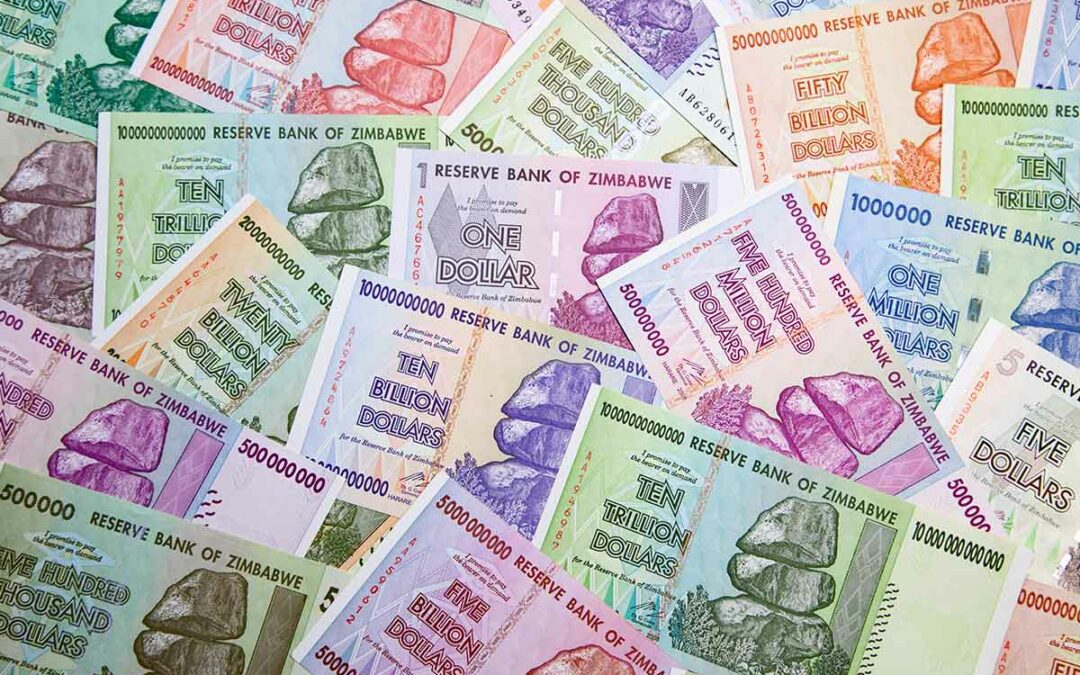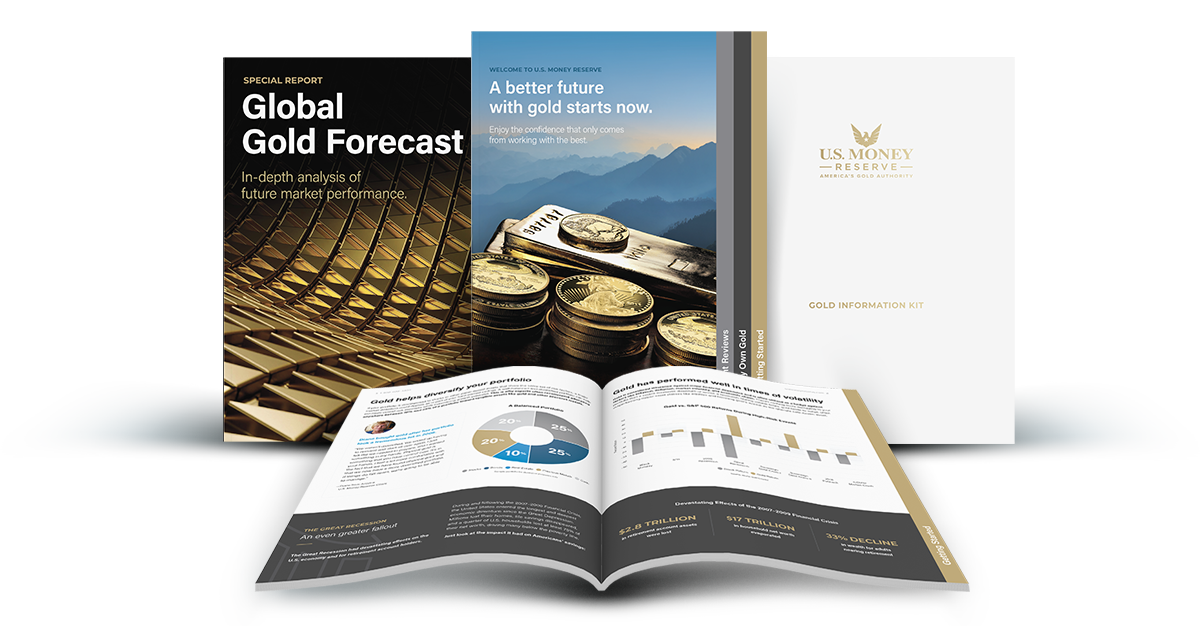Portfolio diversification is a personal financial strategy based on the idea that diverse holdings help bring balance and stability to a portfolio. Think of a diversified portfolio like a store that sells both sunglasses and umbrellas. On sunny days, it sells sunglasses. On stormy days, it sells umbrellas. “By selling both items—in other words, by diversifying the product line—the vendor can reduce the risk of losing money on any given day,” explains the U.S. Securities and Exchange Commission.
Continue reading to learn more about the basics of portfolio diversification, why financial experts recommend it, and how you can use portfolio diversification strategies to help safeguard your financial future.
Using Portfolio Diversification as a Financial Strategy
Portfolio diversification is a financial strategy in which savings are spread across different assets and asset classes to limit exposure to any one type of asset and its associated risks. Diversification of your portfolio splits risk among various types of assets.
A diverse asset mix may include, but is not limited to:
- Stocks
- Bonds
- Money market funds
- Certificates of deposit (CDs)
- Real estate
- Precious metals
“With any [portfolio] strategy, it’s important that you not only think carefully about your asset allocation and make sure to diversify your holdings when you establish your portfolio, but you also must stay actively attuned to the results of your choices,” notes FINRA, a nonprofit organization that oversees broker-dealers.
From time to time, you may wish to revisit your portfolio diversification strategy. A desire for greater portfolio performance, increasing market turbulence, and major life events can all prompt a diversification reassessment. Examples of major life events include:
- Marriage
- Separation or divorce
- Career change or income adjustment
- A new addition to your family
- Receipt of an inheritance
This is just a short list of life events that may have an effect on your portfolio. Any time there’s a significant change that can impact your finances, you may wish to consider how well diversified your portfolio is and where you might find opportunities to improve it.
Why Is Diversification Important for a Portfolio?
Many people ask, why is diversification important? If one type of asset has the potential for a significant appreciation and return, then why wouldn’t someone just allocate their entire portfolio to that asset?
The practice of diversification helps even out the ups and downs of asset performance, which may reduce your portfolio’s overall volatility and risk exposure. Portfolio diversification can help provide a balance between risks and rewards by ensuring that your portfolio doesn’t depend on one type of asset or asset class. The opposite of asset diversification would be allocating 100% of your money to a single asset class, like stocks or real estate. The financial officers at Osborne Partners analyzed decades of data to highlight that strategy may put you at substantial risk of experiencing significant losses in the event of a major economic or market downturn.
Portfolios experience two primary types of risk:
Market/Systematic Risk
This is overall market risk of an asset that isn’t diversifiable by owning more types of that asset. (For example, overall stock market risk can’t be diversified by buying more types of stock.)
Asset-Specific/Nonsystematic Risk
This is risk that is diversifiable by owning additional asset types within that class. (For example, owning stock in many banks may protect against the risk of one bank failing.)
Diversification both across and within asset classes may help shield your portfolio from the ups and downs of both types of risk. The concept is fairly straightforward—when one asset class is performing poorly, other assets may perform inversely or without correlation, helping to shore up a portfolio and minimize losses. Of course, no one knows what the future holds. The financial landscape can change drastically from year to year, turning an underperforming asset into one providing you with the best return. Simply put, diversification matters because there’s no way to forecast market performance with 100% accuracy.
What Does a Diversified Portfolio Look Like?
No two portfolios are going to use the exact same diversification strategy. Everyone’s comfort level with diversification differs and may change over time depending on factors like age and risk tolerance. That said, here’s one example of what a diversified portfolio may look like:
- 25% in equities like stocks and bonds
- 20% in cash
- 20% in precious metals, such as gold and silver
- 15% in fixed-income assets
- 10% in real estate
- 10% in other asset types
Taking Small Steps Toward Portfolio Diversity
Portfolio diversification doesn’t have to be overly complicated, and it doesn’t have to happen all at once. To help make sure you and your portfolio are on the right track, you may wish to consider taking these three small steps toward a more balanced and diversified portfolio.
1. Take a Close Look at the Assets in Your Portfolio.
Before you create a diversification strategy that fits your unique financial situation and goals, it may be helpful to figure out what exactly your financial situation is. TIME’s Personal Finance team suggests that the first step to making sure your portfolio is correctly diversified is to take a close look at what’s currently in your portfolio. Experts at financial planning and private equity firms like Capital Connection agree. Their experts suggest that clients first understand their current portfolio’s potential return and risks before creating a diversification strategy.
Does your portfolio lean heavily toward cash? Do you have enough stocks? Are you lacking precious metals entirely? You may be surprised at the lack of diversity given that experts recommend allocating anywhere from 10 to 25% of your portfolio toward tangible assets like gold and other precious metals. Why? Because tangible assets tend to have lower risk. They are less likely to be directly affected by market conditions, which helps hedge against inflation and downturns. Gold is considered particularly beneficial for those looking to provide extra protection to their portfolios during periods of inflation.
Based on your assessment, you may want to consider adjusting your asset allocation strategy to better balance your portfolio.
2. Analyze Each Asset Category.
In their beginner’s guide to asset allocation, diversification, and rebalancing, the U.S. Securities and Exchange Commission explains that “a diversified portfolio should be diversified at two levels: between asset categories and within asset categories.”
To help achieve this, you may wish to dig deeper into your portfolio and explore different aspects of each asset category. Would your portfolio benefit from a different mix of equities reflecting an array of rates of return? Are you worried that you have too much stock in the tech sector or too much silver and not enough gold in the precious metals portion of your portfolio?
This type of analysis may help you better diversify your portfolio with both a variety of asset classes and a variety of assets within each class.
3. Regularly Rebalance Your Portfolio.
Based on changing market conditions, shifting priorities, life events, and other factors, you may wish to consider rebalancing your portfolio at least twice a year to optimize diversification. For instance, you may decide to temporarily shield yourself from rising inflation by increasing your allocation to precious metals. Or you may realize that you want to retire sooner than you’d planned, so you need to get more aggressive with your portfolio to achieve financial objectives even earlier.
As CNBC notes, someone “who’s approaching retirement might be more interested in protecting themselves from market gyrations while a younger [person] might have a stronger stomach for risk and higher returns over time.”
Portfolio Diversity vs. Portfolio Over-diversification
While portfolio diversification may be a beneficial strategy, it’s possible to overdo it. Over-diversification can happen when the addition of an asset lowers the expected return more than it reduces the expected risk for the portfolio. In other words, the risk versus reward ratio is off.
The risk of over-diversification can be difficult to gauge. There is no definitive measurement for over-diversification. Often over-diversification is the result of spreading allocations too thin either across assets or within asset classes. This is one more reason why some experts recommend regularly rebalancing your portfolio.
If your portfolio analysis reveals a lack of tangible assets, then a precious metals IRA may help create more diversity. This type of self-directed IRA gives you more control over asset allocation and allows you to use alternative assets that may help balance the risks involved with traditional paper-based assets. You’ll also get the same tax advantages as with a traditional IRA.
Request a Precious Metals IRA Kit today to learn how you can diversify your portfolio with alternative assets while saving for retirement.








